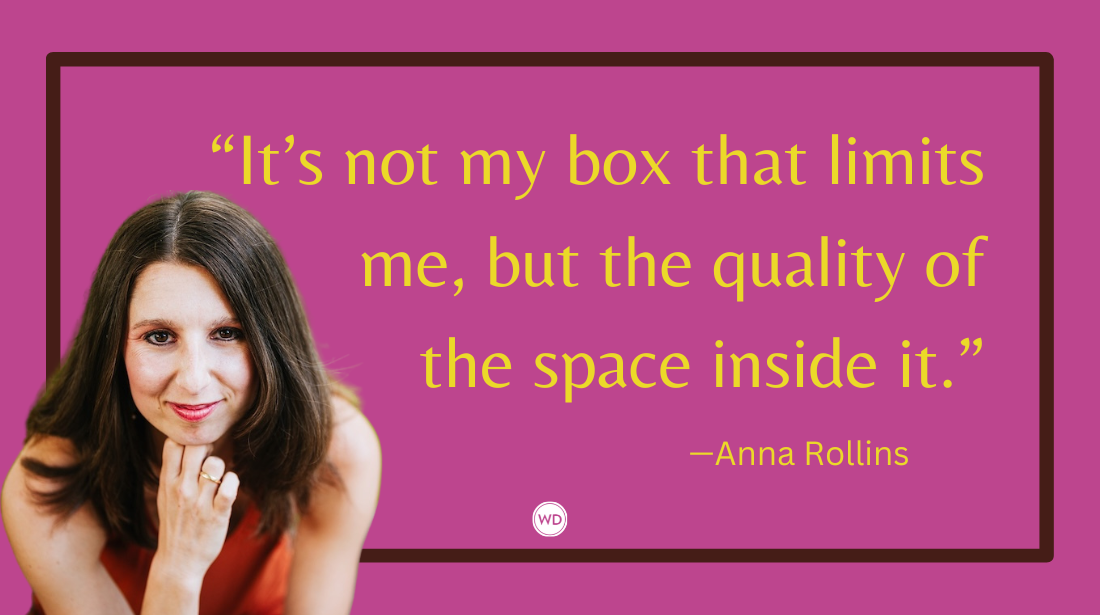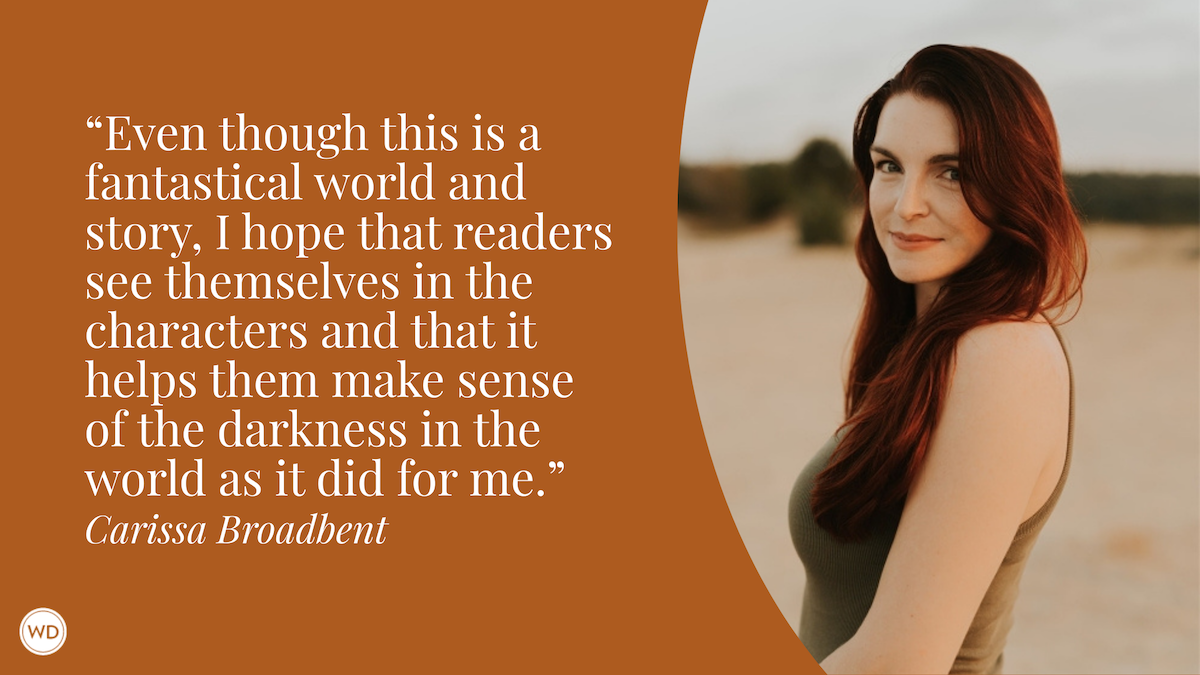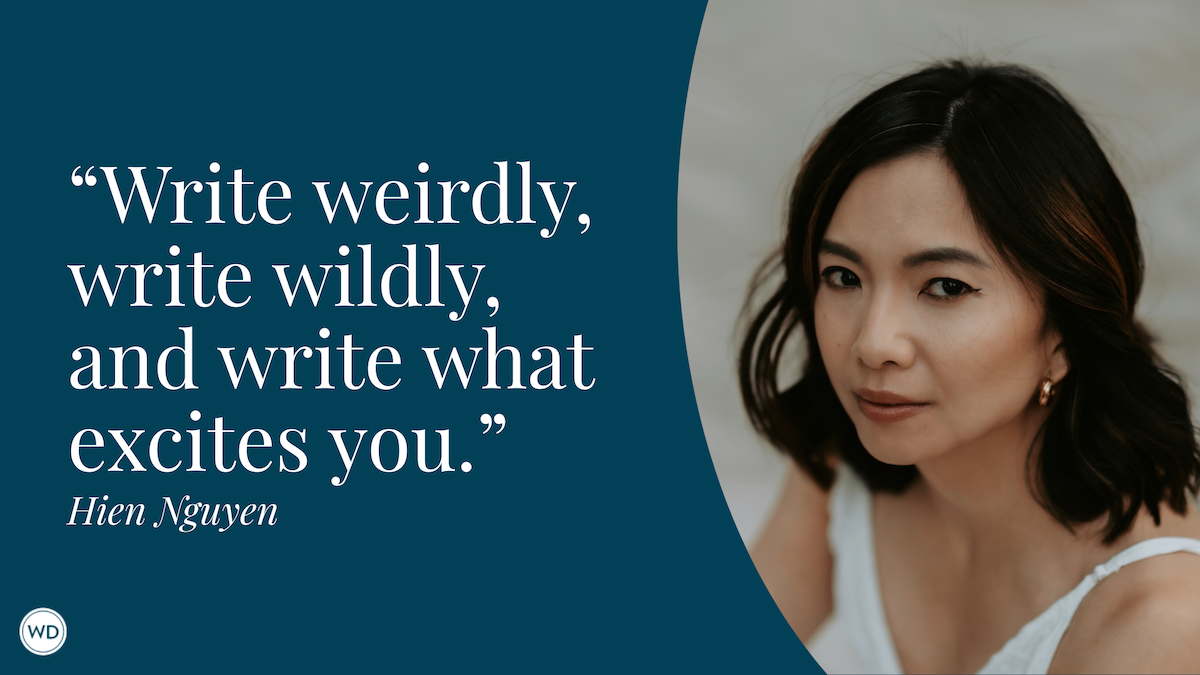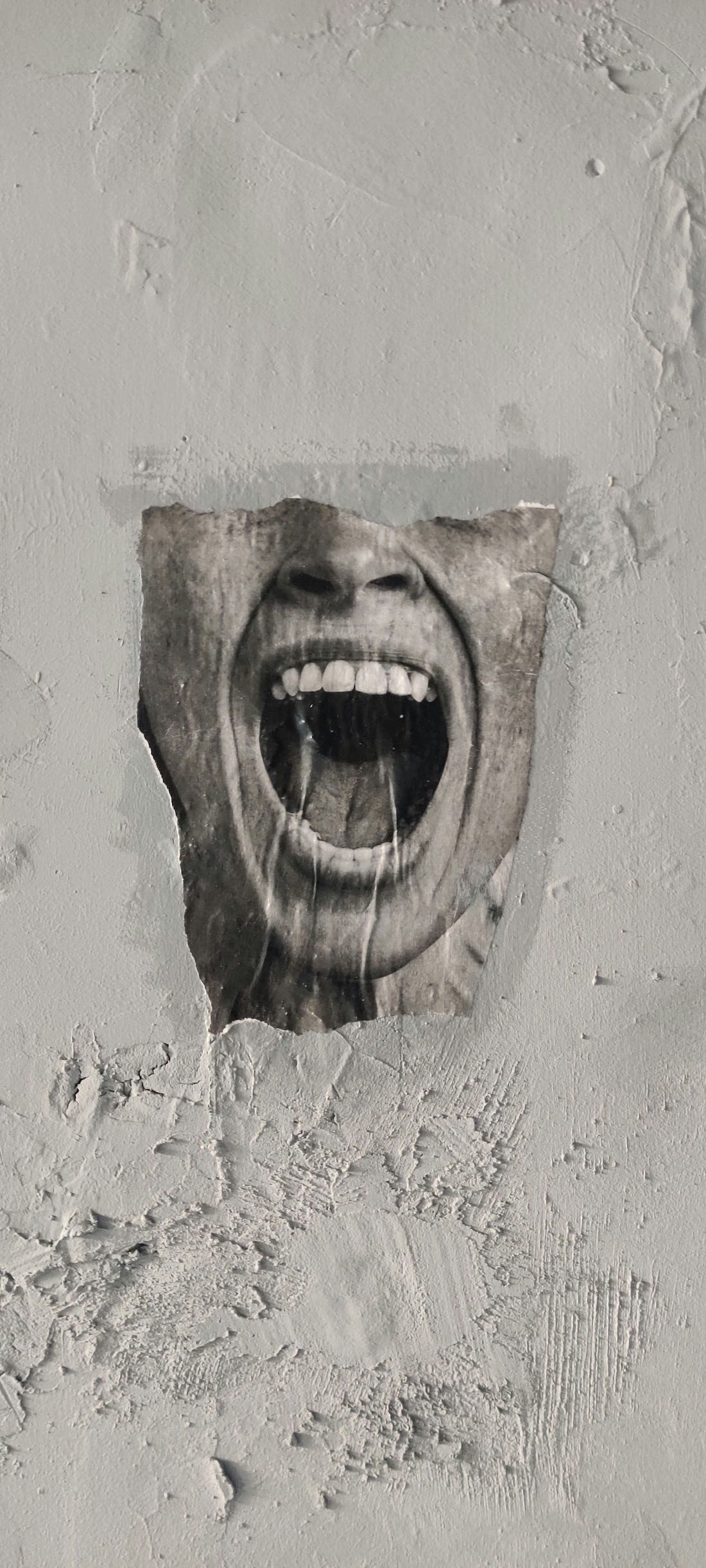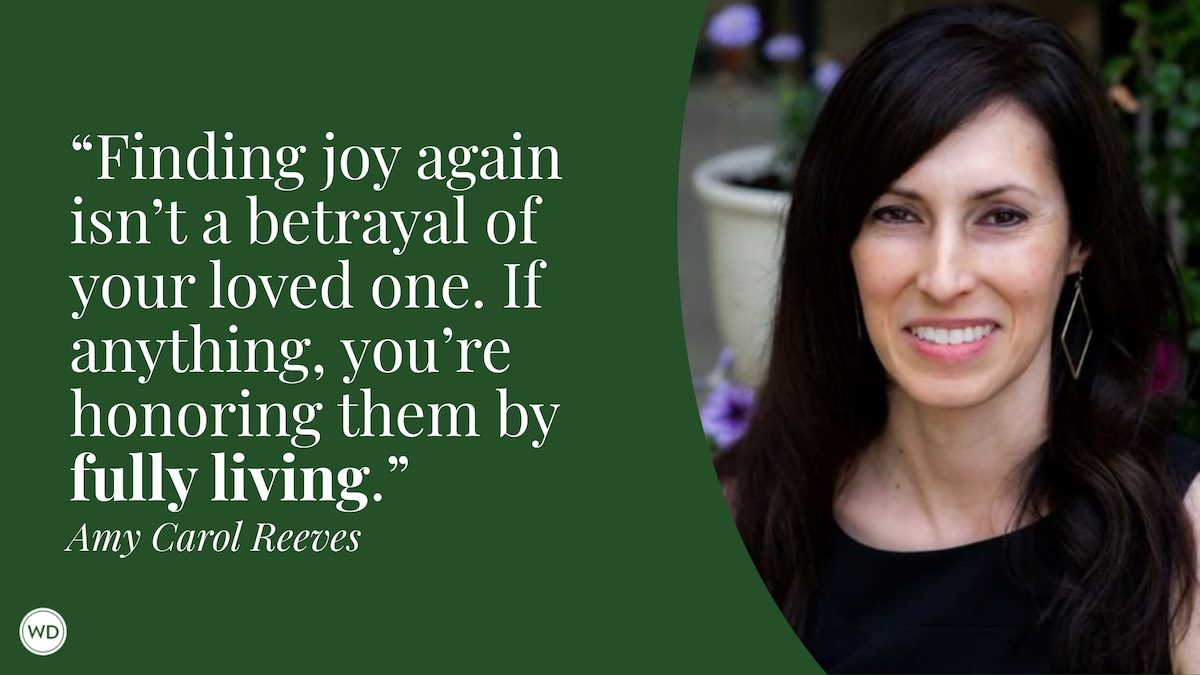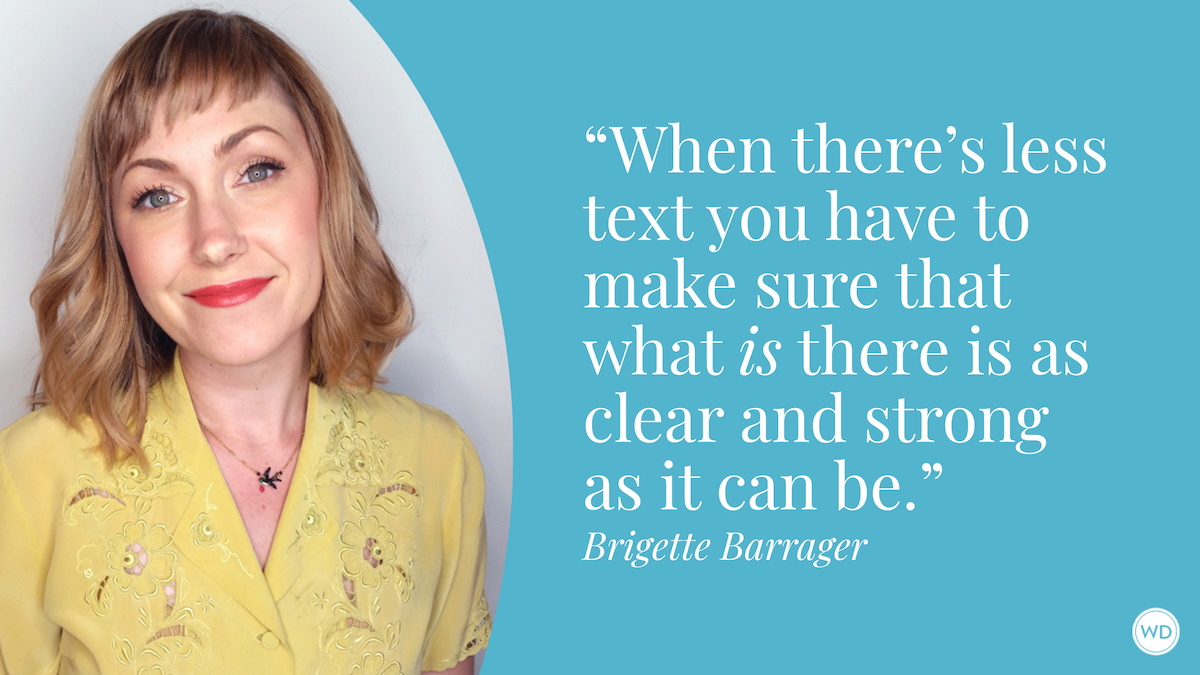Holding Time for Creativity in Your Hands: Using Your Phone as a Tool in the Writing Process
Author Noreen Nanja shares how she went from viewing her phone as an obstacle to her writing to a tool in her writing process.
It started with a daydream on my commute home: Two people speaking on a dock, staring out into a big blue lake. The feelings of nostalgia and yearning swept over me. I knew it was the beginning of something. The moment felt like magic, but I worried it would drift off into the ether like so many other scenes that have floated in and out of my head. So this time, I opened my Notes app and typed. Just a few lines, a rough beginning, but it was the first scene of what would become my debut novel.
Even though I’d always dreamed of writing a novel, I pictured it happening in libraries or coffee shops, surrounded by mood lighting and uninterrupted solitude. Our lives have become so busy, between work, home life, and the ever buzzing internet, it felt like all my hours were accounted for and I would never be able to find those long stretches of time. But it turns out, my creativity had been in my hands all along.
I wish I could tell you that that moment started a fit of inspiration, that my novel just poured out of me in a rush of glory. It didn’t. But just starting the novel did break the seal and empowered me to break down my story into pieces I could work on during my commute. My cell phone, instead of being a social media timesuck, would be my creative gateway into my first novel.
Typically, we don’t envision our favorite writers tapping their novels into a phone, but I came to realize that sometimes the best way to write and fall into a story is to take the opportunity when you can. There is no perfect writing time and there is no perfect writing set up. Every writer has their own process, but even some of my favorite writers, such as Abby Jimenez, have endorsed that her phone is an integral tool in her drafting process.
One of the biggest challenges of drafting on my phone was that I would be inundated with notifications, and distractions from social media, email, and text. Eventually, I realized that I needed to either work on airplane mode or mute notifications in order to make the most of the time I was trying to spend on my book. There are very few things that urgently needed to be addressed during my commute home, and by letting myself feel okay about being disconnected for those 15 to 30 minutes, I was able to better use my device to write.
Another important point I learned about my phone is that it is best kept for certain parts of the writing process. When I finished the first draft of my book, the idea of revising a huge swath of text on a tiny screen felt overwhelming for me. Now, I realize that my phone is the best place for me to start brainstorming or for writing a rough draft or for keeping on hand to record a quick voice note if I’m out and inspiration strikes.
Another integral piece for writing on your phone is choosing the correct app. My current preference is Google Docs as it is free, seamlessly saves on the cloud, and is easy to share with others, but Scrivener and Dabble are other options I’ve considered. Being able to transfer my work between my devices has made the writing and revising process easy for me. Whatever words I have on my phone can be smoothed and revised once I sit down at my desk.
Even though my writing process looks nothing like the way I dreamed before, with aesthetic writing spaces and limitless time, I now can’t imagine doing it differently. I hope these tips are helpful and give you the tools to look at your smartphone with another lens. You can absolutely draft a novel on your phone, in bits and spurts, and at the end of the day, it’s finding a process that works best for you. Good luck!
Check out Noreen Nanja's The Summers Between Us here:
(WD uses affiliate links)




